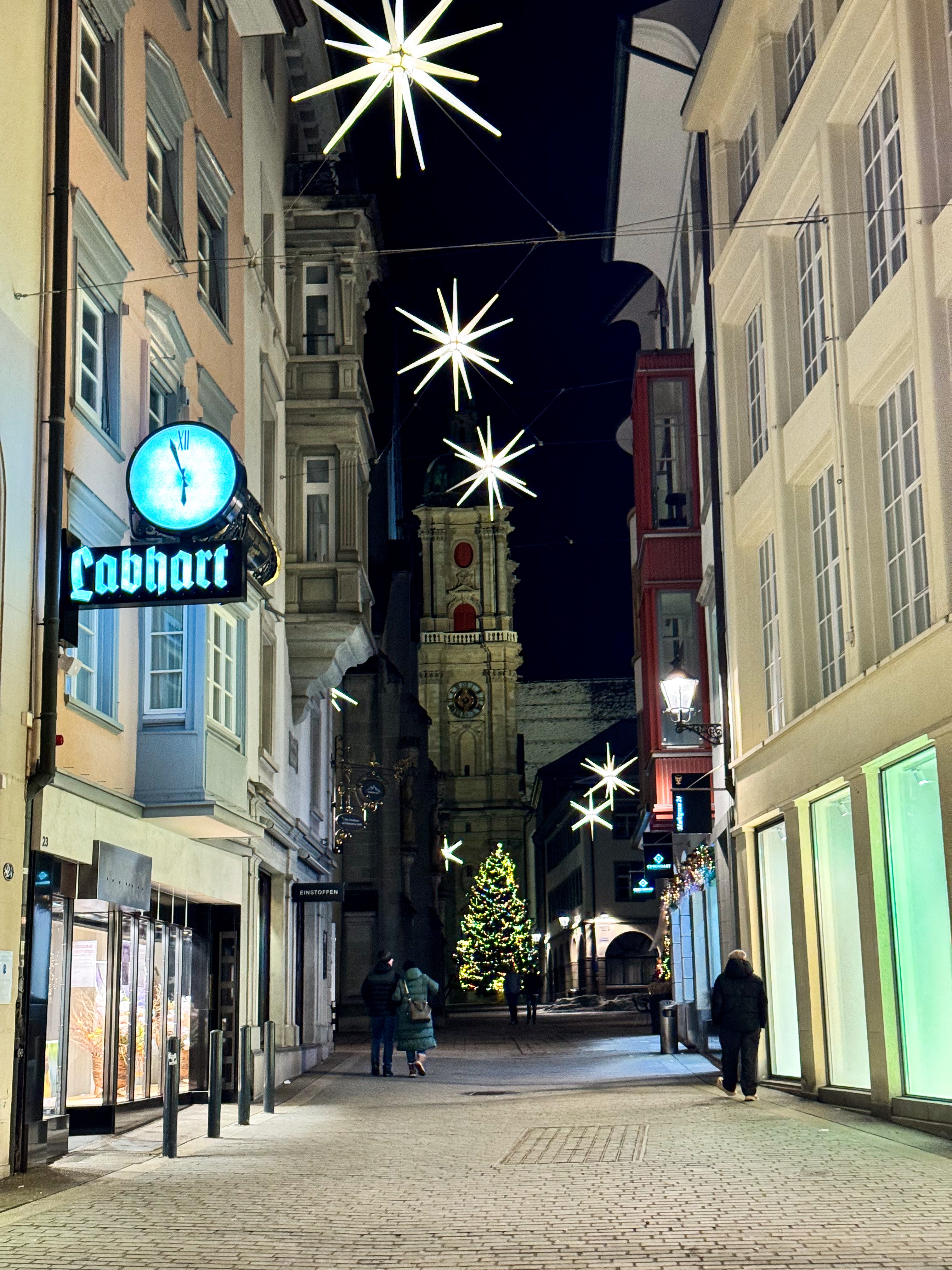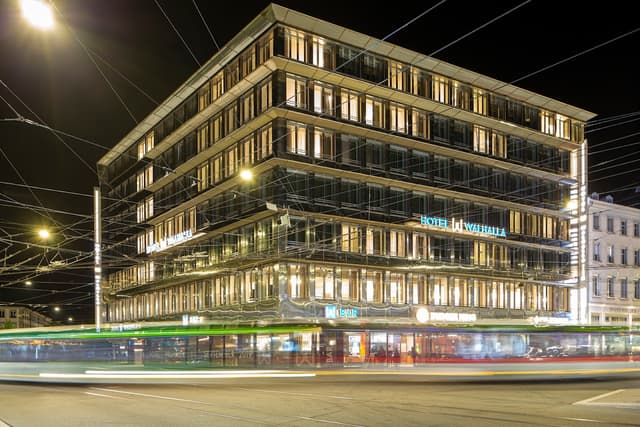What to Do in Konstanz and St. Gallen in Just 48 Hours

Lake Constance, also known as the Bodensee in German, is a beautiful lake situated at the borders of Germany, Austria, and Switzerland. It’s one of the largest lakes in Central Europe. There are many towns you can visit around the lake, such as Konstanz, Meersburg, Lindau, Bregenz, and Stein am Rhein. Additionally, ferries and speedboats are available to take you from one place to another.
We have decided to visit Konstanz and we made this trip by car from Germany and also crossed and continued our trip in Switzerland. Here are a few things to keep in mind when visiting Switzerland:
- The official currency is the Swiss Franc (CHF).
- Remember to turn off your mobile data, as Switzerland is not part of the EU, and roaming charges may apply.
- A vignette (toll sticker) is required for driving on Swiss highways. The vignette costs CHF 40 and is valid for 14 months (there isn’t any shorter duration like in Austria or Slovenia). There is also electronic vignette (e-vignette), which is digitally linked to the vehicle’s license plate.
Exploring Konstanz
Konstanz is the largest city located on the shores of Lake Constance, at the border of Germany and Switzerland. The lake is perfect for all kinds of outdoor activities, from sailing and swimming to biking and hiking.
Here are some highlights about Konstanz:
Old Town (Altstadt)
Walk around to admire the historic architecture, like the km Imperia statue at the harbor, the Rosgartenmuseum, and The Konzilgebäude (Council Building), where the famous Council of Constance took place.
Constance Cathedral
A Gothic church with a tall bell tower offering panoramic views of the city.
The Imperia Statue
The statue turns slowly (once every 4 minutes) and the woman in the statue is a representation of Imperia, a famous courtesan from the 15th century. According to the legend, she had relationships with both the pope and the emperor, which contributed to her symbolic representation of the balance of power between church and monarchy.
Lakefront promenade
There are plenty of cafes and benches where you can relax and take in the peaceful atmosphere. You can also take a boat trip around the lake to explore nearby towns and enjoy the scenic views from the water.
Sea Life Konstanz
If you’re traveling with family or have an interest in marine life, Sea Life Konstanz is a fun and educational stop. It’s home to a variety of aquatic creatures, including sharks, sea turtles, and tropical fish. The highlight is the tunnel aquarium, which allows you to walk through a glass tunnel surrounded by water.
Kreuzlingen-Konstanz Border Crossing
Since Konstanz sits right on the border of Switzerland, a popular spot to visit is the Kreuzlingen-Konstanz Border Crossing. The border is marked by a unique series of art installations known as the Kunstgrenzeor “Art Border.” There are 22 metal sculptures representing tarot cards, symbolizing various aspects of human existence.
From Konstanz, you can reach St. Gallen in about an hour by car or 1.5 hours by train. It is also well connected by train from Zurich, which takes about 1 hour.
The city’s name comes from Saint Gallus, an Irish monk who lived as a hermit in the area around the 7th century. Legend says he stumbled upon this spot after tripping over a thorn bush—and decided to stay. His small hermitage eventually grew into the Abbey of St. Gall!
Where to Stay in St. Gallen
We stayed at the Hotel Walhalla, and it was absolutely fantastic.

Here the highlights of St. Gallen:
St. Gallen Abbey (Stiftsbibliothek)
The Abbey of St. Gall is one of the most important cultural sites in Europe. It was a center of learning and art during the Middle Ages. Also, the Abbey Library is especially famous. It has books and manuscripts over 1,000 years old, including beautifully illustrated ones. Visitors even have to wear soft slippers to protect the floors!
Quirky Bay Windows
St. Gallen’s Old Town is famous for itsbay windows(called “Erker”). There are more than 100 of them, each with unique designs. In the past, they were a sign of wealth and status. Keep an eye out for the quirky details, like dragons, flowers, and other carvings on these windows!
Textile History
St. Gallen has a rich history of textile production, especially embroidery. In the 19th century, it was a global leader in lace and embroidery, exporting luxurious fabrics worldwide.
You can still see this heritage at the Textile Museum, which showcases exquisite fabrics and designs.
The Red Square
The Red Square (Roter Platz) in St. Gallen is a modern urban art installation designed by Swiss artist Pipilotti Rist and architect Carlos Martinez in 2005. Located in the Bleicheli District, near the train station, it’s a bright red, rubber-floored space with quirky furniture and special lighting, creating a surreal, dreamlike atmosphere.
Known as the City Lounge, it connects residential, shopping, and business areas, offering a unique spot to relax, meet, or enjoy the artistic vibe.
Be prepared for higher prices compared to Konstanz, with meals averaging CHF 20-30. Plan ahead to avoid any surprises.
Travel Tips
- Best Time to Visit: Spring or summer for lake activities and pleasant weather. Winter is ideal for Christmas markets.
- Holidays: Be aware that some museums and restaurants may be closed during public holidays, so plan ahead.
That’s a wrap on your quick trip to Konstanz and St. Gallen! These two spots are the perfect mix of history, beauty, and fun, even when you’re short on time. From charming streets to soaking in lakeside views, there’s plenty to enjoy. Whether it’s your first visit or not, these places have a special way of sticking with you. So, grab your bags and go—adventure is waiting!
The home for unique & authentic travel